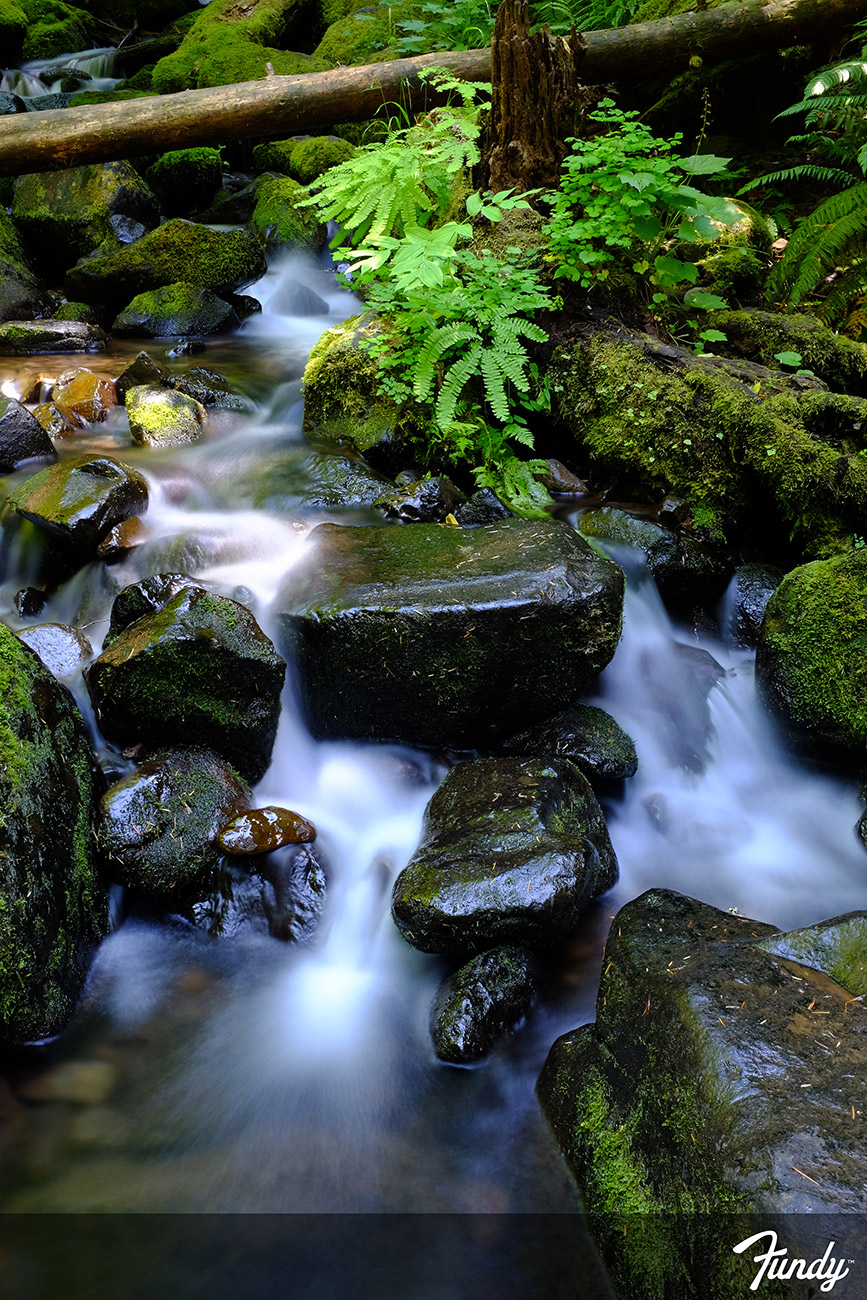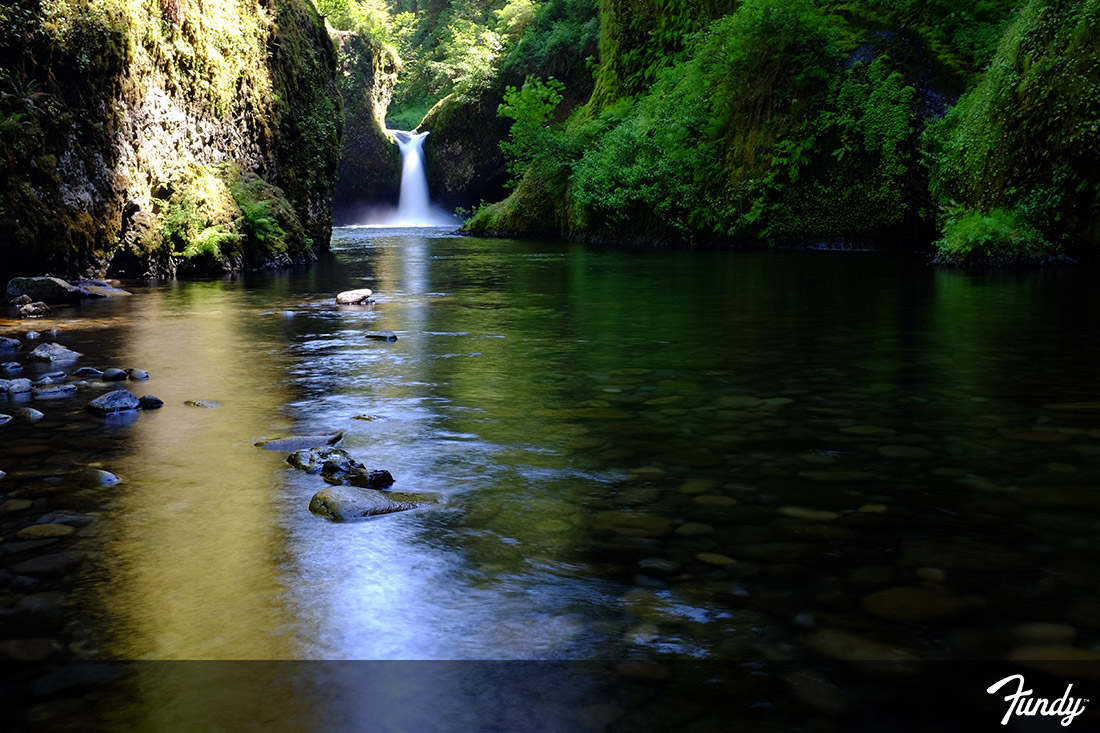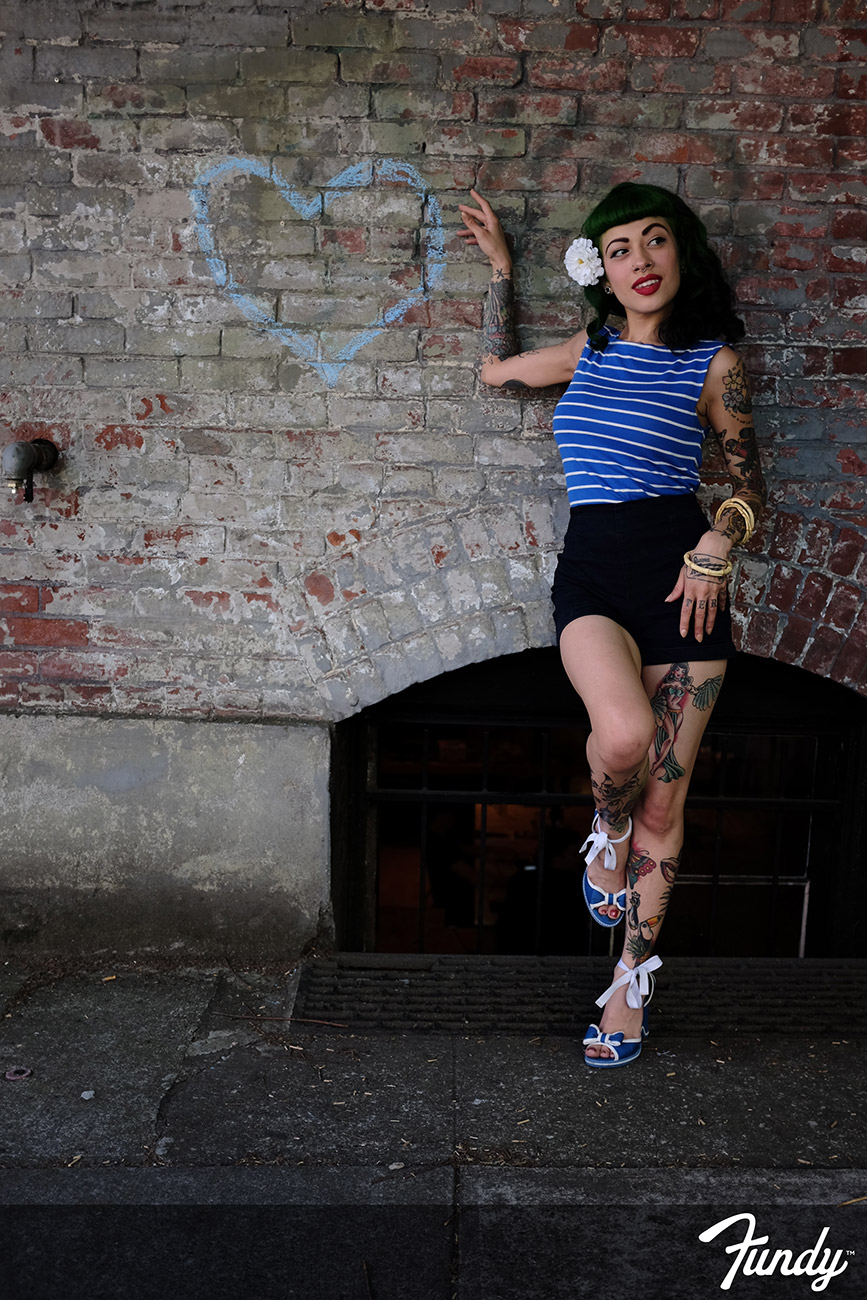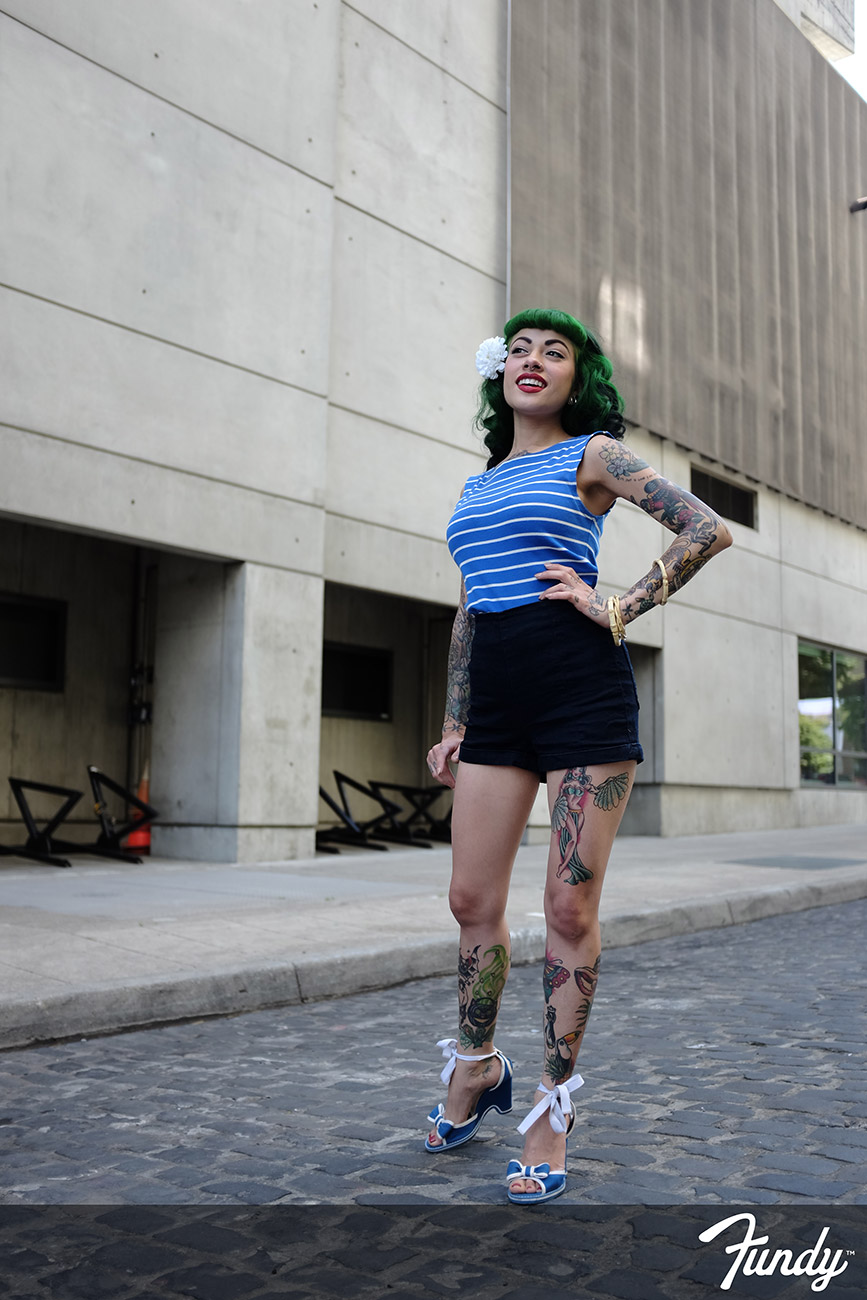I’ve been very lucky to have an x100s in my hands for the past few weeks thanks to my good friend Rob Layman at Pro Photo Supply. If you need gear from great people, let them know. Just click on their website and give them a call. This is a real world review. If you want to know all the specs or pixel counts, just head on over to the Fuji website.
*** All images in this review are straight out of the camera in the BW mode or the Pro Nega High mode for the portrait color shots. Velvia mode for the landscape shots. All photography © Andrew Funderburg.
To Preface The Review
To preface the review, I’ve been shooting the Olympus Pen for almost three years now and the Olympus OMD for over a year. So, I’m very used to mirrorless cameras and the pros and cons. In general I’m a fan due to the size and fun factor without giving up much on quality. One reason I love the OMD is that the auto focus is just blazing fast. In most light (even low light) it’s just as fast as my Nikon D3s was. Seriously, give it a try if you don’t believe me.
I’ve purchased from, and returned to, Amazon.com the Fuji x100, Fuji X Pro 1 and the Fuji EX-1. The Fuji x100 went back to Amazon because the auto focus was not only horribly slow, it just missed focus and the exposure was all over the place. I’ve heard that recent firmware has fixed this. But I wanted to just throw the camera through a brick wall. The X Pro 1 was sent back because of the same issues. The auto focus was worthless. The EX1, it seemed like the auto focus was better, but I got a lemon. After six shutter clicks, the camera would freeze up until I took the battery out and restarted it. Needless to say I was disappointed. Having shot the Fuji S5 DSLR for years, I love the Fuji color and was so disappointed in the camera.
The Skinny
So the skinny? With the Fuji x100s, they got 98% of it all right. The files are gorgeous, some of the best color out of a camera that I’ve ever seen. It’s amazing. The auto focus? Not bad. Imagine a consumer level DSLR and that’s about the speed of the auto focus–totally usable but slower than the speed I’m used to with the OMD. The resolution is also amazingly close to a full frame camera. Since they have removed the AA filter over the sensor, the Fuji is a lot sharper than most 2/3 sensor sized DSLRs.
The skin tones out of the camera are amazing. Additionally, I feel like the transitions between the colors and highlights and shadows are very natural and not “digital” looking.
Auto Exposure
The auto exposure algorithm easily gets confused by brightly backlit or dark backgrounds. I know that this is the case with most cameras, but the Fuji gets a C- on this. I think it’s below average in its “intelligent” exposure algorithms. So, I was having to play a lot with exposure compensation during this model shoot.
 The bonus with the Fuji though is their huge dynamic range. Since they have dedicated highlight pixels you get a much larger dynamic range than you usually would with a full frame or 2/3’s frame digital SLR.
The bonus with the Fuji though is their huge dynamic range. Since they have dedicated highlight pixels you get a much larger dynamic range than you usually would with a full frame or 2/3’s frame digital SLR.

Insane Flash Sync to 1/2000 Second
So the Fuji x100s has a leaf shutter. And this means that it can sync to an insane 1/2000th of a second with any dang flash out there. I’m not talking high speed sync, like with your Nikon or Cannon and its flash. I’m talking just regular old sync.
In this shot, I turned on the internal neutral density filter (which gave me 3 more stops). Put it on Aperture priority at f/2.8 and under exposed for a 1.3 stops. I set my Alien Bee 800 to full power and used the cheap Paul C Buff Cybersync to fire the flash off the Fuji hot shoe. The shutter synced to 1/1300. Couldn’t have been easier, really. Off topic, this is my 13-year-old son, look at those guns!

Here’s an edited version, just for fun.

Fun Factor and Frustrations
The Fuji x100s is incredibly fun, it’s a super sexy camera and on the whole, I love it. It does come with some frustrations though. Going back and forth between different auto focus modes is a bit of a pain. Also, when you turn off your camera, it switches back to default mode instead of any custom settings you have chosen. This wouldn’t be a huge deal, but if the camera goes to sleep it takes forever to wake up, making turning it off and on the way to go.

(taken with a tripod and the x100s’ built-in 3 stop ND filter Velvia film mode)
Is This a JPEG Camera?
Personally, I do feel like these Fuji cameras, including the X Pro 1 and XE-1, are JPEG cameras. This is for two reasons. The main reason is that one of the key pros of this camera is Fuji’s amazing film simulations. There is no decent RAW processing software that can mimic these film simulations. So if you shoot RAW and develop in Lightroom, you lose the film simulation. Secondly, one of the main reason to shoot in RAW is the extra dynamic range. Because of Fuji’s sensors with extra highlight sensors, you can get up to 400% more dynamic range in the JPEG (see in the photo below, the detail in the highlights on the left rock. That would have been lost on a camera with a normal sensor. The contrast was much higher than it looks here). I would recommend doing a RAW and JPEG comparison yourself and see which makes sense for you. But for me, this is a JPEG camera.

So, final verdict? Awesome level of 9/10. If they ramp up the auto focus and make the camera a bit more responsive on wakeup, it’s pretty much the perfect retro camera.
Want to win one for free? Click here to enter. (ends June 21, 2013)









